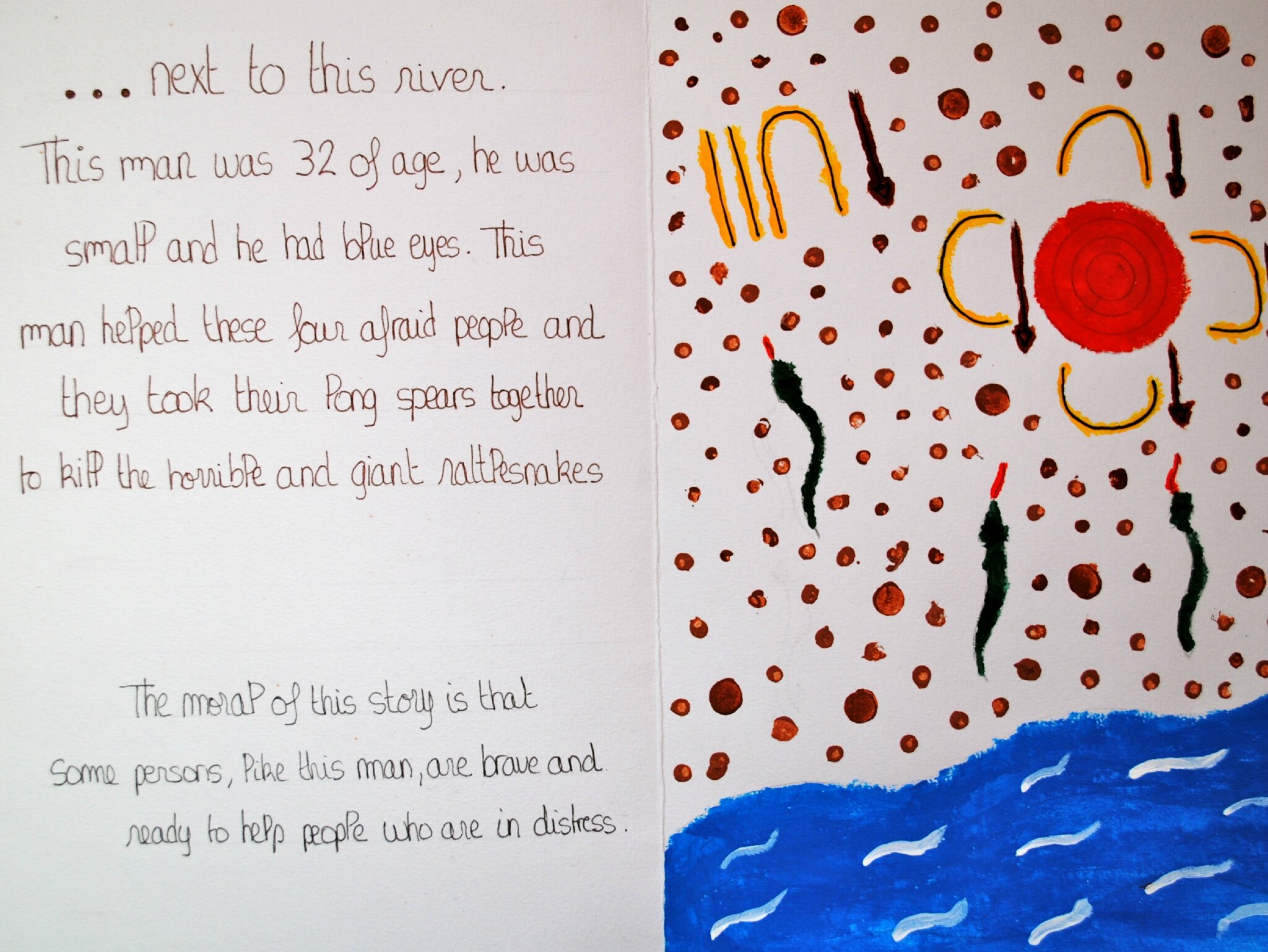

Your reader must try to get an answer to the best of her ability and experience but she should finally end up digging into subsequent lines of your stories to quench her temporarily aroused inquisitiveness. create confusion or question in readers’ minds by the first line of your story. You must so choose a start that your reader gets hooked to the story. Related – English Writing Skills – Class 10, 12 Letter Formats, Email etc A plot has a start, body, and end that are linked sequentially by events and character actions. The more creatively you describe and logically connect the events and actions, the stronger the plot would be, and the stronger the plot you create, the better interest would it generate among readers. It comprises events and characters’ actions. The plot is the flesh and muscles of story writing. Be poetic, use suitable adjectives, script dialogues, or even deploy side characters… do whatever you need to ensure that the reader lives your story while reading. must be absolutely clear and very importantly be appealing to five senses of your readers. Story writing that has setting of few hours may typically be clearer and more effective than with setting of few months or years. The golden rule in selecting time frame for story writing is “keep it shorter” and “have it single”. Unit of time frame may vary from hours to days to weeks to years. These descriptions are very important to make the reader immerse in the plot. The setting is often decorated with descriptions of scenes such as supermarket, bedroom, crowded metro train, or drizzling evening… again unlimited list. Time frame and place constitute the setting of story writing. The animating character with perfect adjectives and examples is a must however, typically while writing short stories, do not fall overdo the characterization. Story writing would more effectively convey its meaning if it has very few characters – one protagonist, one other main character, and no supporting or side characters would be ideal.

The golden rule for selecting characters in story writing is “Fewer is better”. Related – Report Writing Format, Topics, Samples Story Writing Format It could be a living person, a dead person, a ghost, an imaginary character, a robot, a dog, a toy… an unlimited list. Typically story writing has five key elements – Character (fewer is better), Setting (brief but poetic and vivid), Plot (as simple and interesting as possible), Conflict (intense but one), and Theme (relating to the majority of readers).Ī character is someone or something that takes part in actions depicted in the short story.

Story writing is meant to be read at a single sitting and therefore it should be as direct and brief as possible. Story Writing – A story writing is a work of “fiction or imagination” that is usually written in “easily understandable grammatical structure” with a “natural flow of speech”.


 0 kommentar(er)
0 kommentar(er)
